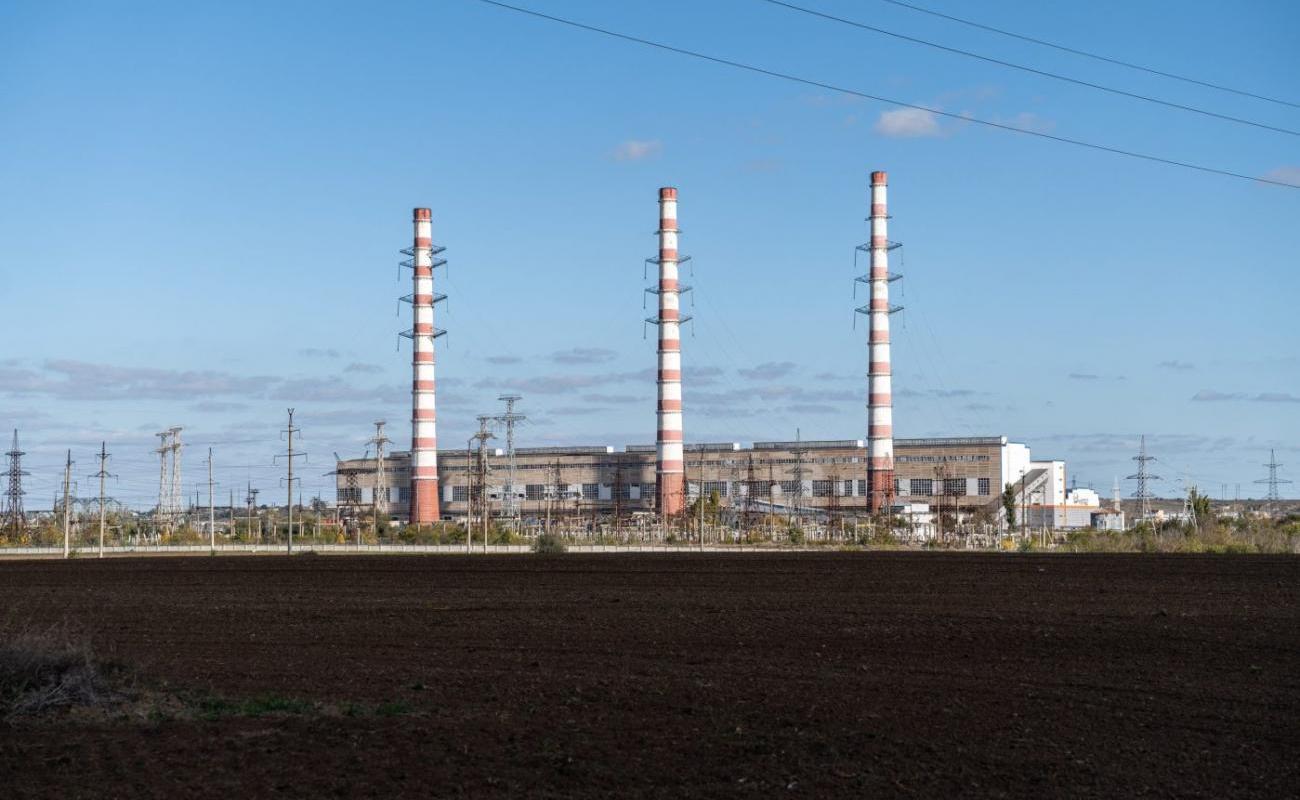Is Russia’s Moldova Enclave Losing Energy?

Russia has used propaganda, hard power, and cheap gas to maintain Transnistria’s split from Moldova, but Kremlin blunders and its focus on Ukraine may be turning the tide.
Support for reintegration with Moldova is growing in the pencil-thin enclave of Transnistria, which broke away with Russian backing in 1990. Waning support for Moscow coincides with a crucial phase in Moldova’s bid to join the European Union (EU).
Moldova is in the screening phase of EU accession, and government officials in Chișinău have set a goal of earning membership status by 2029. It’s not only an ambitious timeline for alignment with EU standards, but also sets a deadline for Moldova to define its borders.
Elections on September 28 offer a vital opportunity for the country to cement its path to membership of the bloc and test the appetite for reunification.
While sentiment towards the EU remains negative in Transnistria, as seen in voting patterns in the 2024 referendum on bloc membership, polling shows growing support for reintegration with Moldova.
A survey in the fall of 2024 indicated Transnistrians favored reintegration by a margin of 45% to 38% — even before the Kremlin failed to provide fast enough help to its local allies during January’s gas crisis.
Transnistrians have the right to cross the Dniester to cast ballots in Moldova in September’s election, providing a rare chance to test how much Russia’s influence has faltered.
The shift in Transnistrian attitudes comes as opposition to Moscow hardens among people across the rest of Moldova. Some 74% of Moldovans said they viewed relations with Russia negatively in a survey in May, while 90% said EU relations were good.
Moscow has long been the primary patron of Transnistria, ensuring its economic survival through subsidies and deliveries of free gas. It has a small 1,500-man garrison there, mainly composed of Russian-officered local recruits, although Moldova says the Kremlin aims to station a 10,000-strong force there. But the fragility of its support, highlighted by the Kremlin’s failure to create a quick or lasting solution to Gazprom cutting gas supplies in January, may reduce Russia’s influence in the separatist region.
Although Russia eventually secured a deal to deliver gas to Transnistria, it took more than a month, by which time Moldova had swiftly delivered three million cubic meters of gas to the breakaway territory and secured a deal for the EU to provide an additional €30m ($35m) of support.
Vadim Krasnoselski, the separatist leader, thanked the EU for the much-needed aid and for “maintaining stability in Transnistria.”
The six-week episode underscored Russia’s neglect of the breakaway region. This lack of focus could help build the EU’s favorability in Transnistria, especially as the territory becomes increasingly economically reliant on the bloc.
Almost 77% of Transnistria’s exports are now destined for the EU, compared to just 20% in 2005, while trade with Russia has collapsed. Moscow’s economic levers are likely to weaken further as war and stagflation erode its ability to support proxies.
The Kremlin’s propaganda dominance is also under threat after Transnistria agreed to concessions in return for Russian gas crossing Moldovan territory. These included the release of political prisoners by the separatists, dismantling 11 checkpoints in the Security Zone, and authorizing the broadcast of a Moldovan national television channel in the region.
Moldova and the EU now have an opportunity to capitalize on the economic and information opportunities in Transnistria by:
- Leveraging new media channels to engage Transnistrian audiences. Chișinău can use broadcasts by Moldova1 to counter Russian propaganda, offer Moldovan and European perspectives, and illustrate the benefits of the EU. Messaging can also be used to persuade Transnistrians that they are part of Moldova’s social and economic future.
- Launching EU-funded economic initiatives. Targeted programs could deliver tangible benefits to Transnistrians and increase the association of Europe with opportunity. They could build on existing initiatives, including small-business grants, vocational training, and major infrastructure projects, clearly branding them as Moldova-EU programs. By gradually integrating Transnistria into Moldova and Europe’s economic space, they could lay the groundwork for future peaceful reintegration.
If Transnistria is to be reintegrated into Moldova, it will be a difficult path. So far, voters in the breakaway region have opposed Moldova’s Westward trajectory at the ballot box, and the 2025 parliamentary elections are likely to be the last before it locks in to the path to EU membership.
It’s worth noting that pro-EU voters in Moldova as a whole only narrowly passed last year’s referendum on EU membership, with a winning margin of less than 1%. Russia’s well-funded propaganda machine is again working at full tilt, and its preferred candidate, Ilan Șor — who has been convicted of a major fraud in Moldova — is busy campaigning, albeit from Moscow.
Yet Moscow’s inability to shield its allies has exposed the limits of its patronage, and that may weigh on voters’ minds. Transnistrian leaders eventually turned to Moscow for help in the energy crisis — once it was able to offer it — but the concessions they made to Chișinău and the EU demonstrated the shifting realities.
These changing conditions, shaped by economic circumstances and media exposure, will influence how Transnistrians vote. The election will reveal if Moscow’s hand has weakened and opened a path to reintegration driven by opportunity, rather than blocked by coercion.
